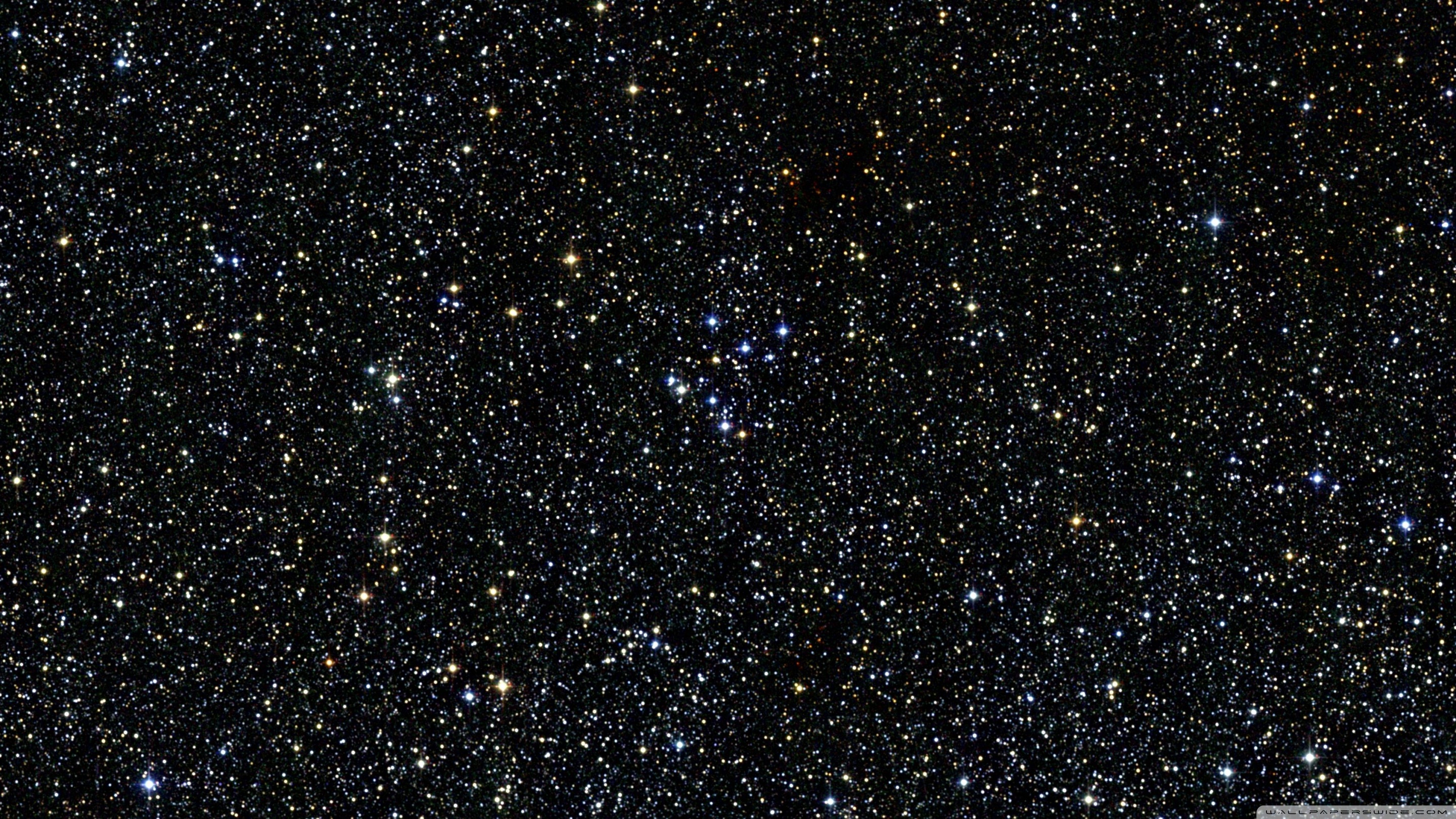Stars
Stars are the fundamental building blocks of galaxies. They are enormous spheres of hot gas, primarily hydrogen and helium, which produce light and heat through nuclear fusion in their cores. Our Sun, a G-type main-sequence star, is just one of an estimated 100 billion stars in the Milky Way galaxy alone. Stars come in many sizes and colors, from cool red dwarfs that can burn for trillions of years, to massive blue giants that live fast and die young. The color of a star tells us about its temperature: blue stars are hottest, followed by white, yellow, orange, and red as the coolest.

As stars age, they change. Some become red giants, shedding their outer layers and creating beautiful nebulae. Others end their lives in spectacular supernova explosions, leaving behind neutron stars or black holes. Studying stars helps us understand the life cycle of matter in the universe and our cosmic origins.
The largest known star, Stephenson 2-18, is ~2150 times larger in radius than our Sun!